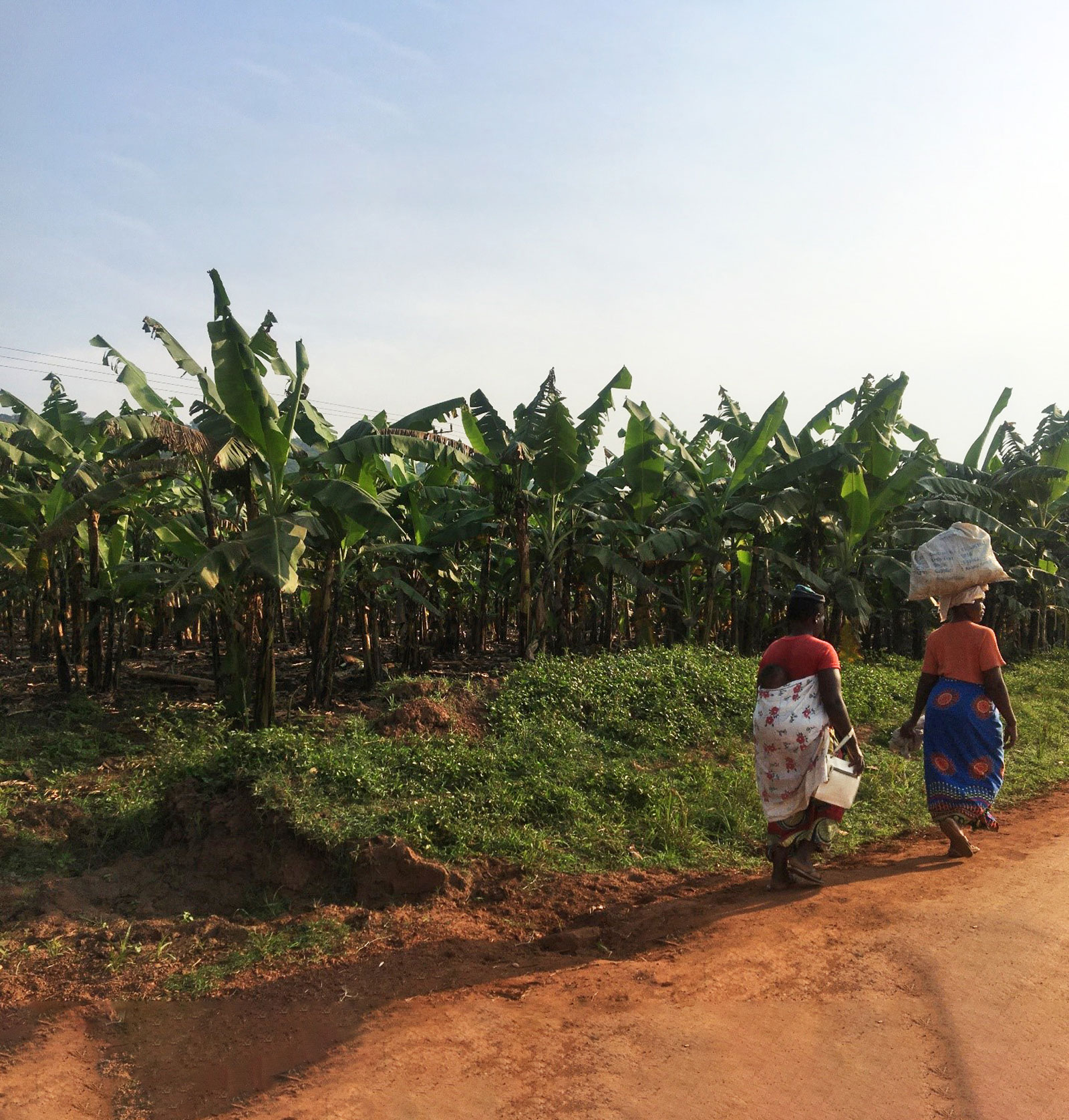FarmDESIGN is a model that helps to find the right balance between income, nutrition and soil health. An innovative application of the model in combination with a forward-looking partial equilibrium multi-market economic model, IMPACT, allows for analyzing various scenarios of future drivers of change. Complex interactions between biophysical and socio-economic spheres are explored and drivers like climate change, disease outbreaks, shifts in consumer demand or scaling of innovations are assessed and their possible impacts on ecosystems and livelihoods can be quantified. Modelling farms (in partnership with Wageningen University & Research) in Uganda, Kenya and Vietnam have shown that greater agrobiodiversity (such as growing more crops to eat at home) can increase the farm’s resilience, improve the soil and put healthier food on the table. The model clarifies certain trade-offs. For example, a more diverse farm (with less land in cash crops) may not make the most money, but it may be better at adapting to a changing climate and to managing emerging pests and diseases.

SHARE THIS

